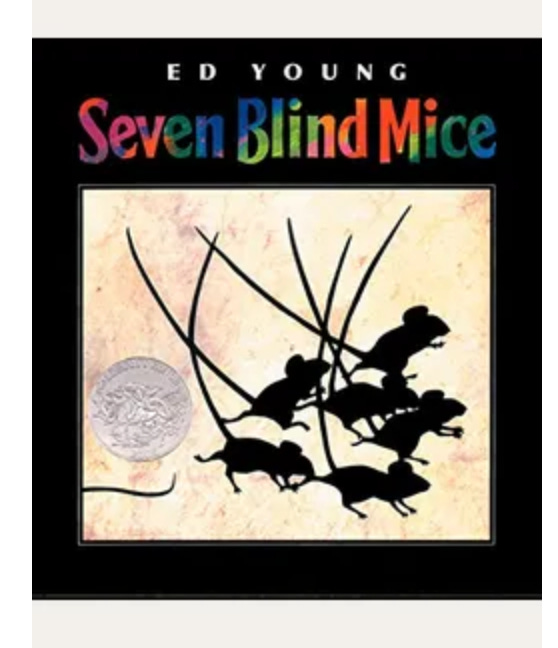The Whole Picture and the Details
When painters paint and illustrators draw, they learn to observe first. They train their eye to see shapes and textures in great detail so their final art represents the real thing. When we write a story, we paint pictures with words. The details are what rivets the reader to the character, to the page, to the story.
Sometimes, what we see is not exactly what is.
In another Substack, I referred to Grandma’s embroidery. This entry takes another look at our perceptions of what we observe with our hands instead of visual clues.
In the classic story, Seven Blind Mice, each mouse is sent to investigate an especially large “thing” that appeared in their pond. What is it? they ask. One by one each mouse goes to investigate and brings back a different conclusion about the “thing” based on what they felt. They run up, down and around and interpret what they observe by feeling. One believes he feels a giant pillar, that is the elephant’s leg. Another feels a fan, that is the elephant’s ear.
No one knows each one is only seeing a part of the giant “thing.”
All the mice disagreed with what the thing really is because they saw the thing differently. The last and seventh mouse took a long journey across, up and down and invited all the mice to follow him.
Just like the conclusion of great mystery story, the detective reveals the details others have overlooked. He or she forms the connection between the missing pieces so everyone can see the whole picture.
What details can you remember and describe, so your listener can fully imagine what you see?




